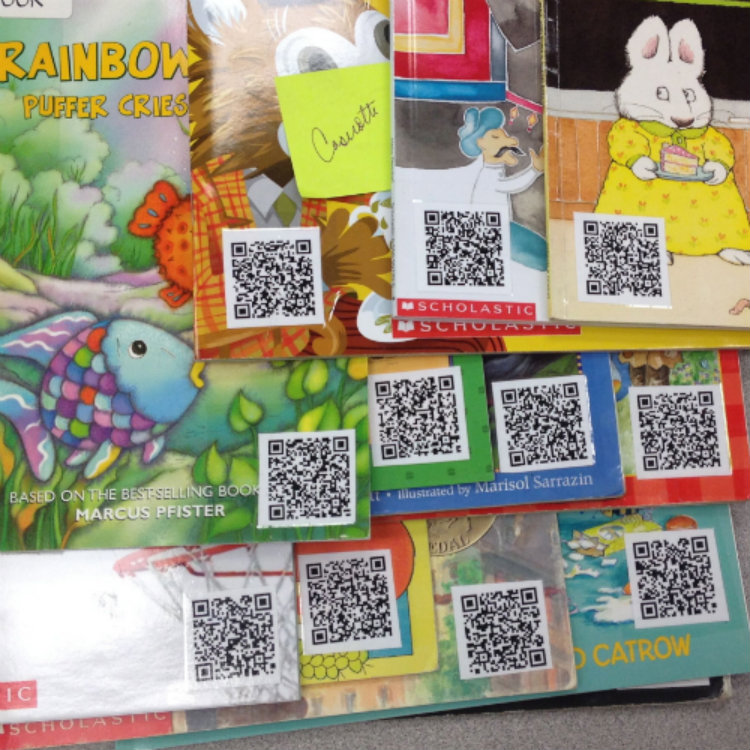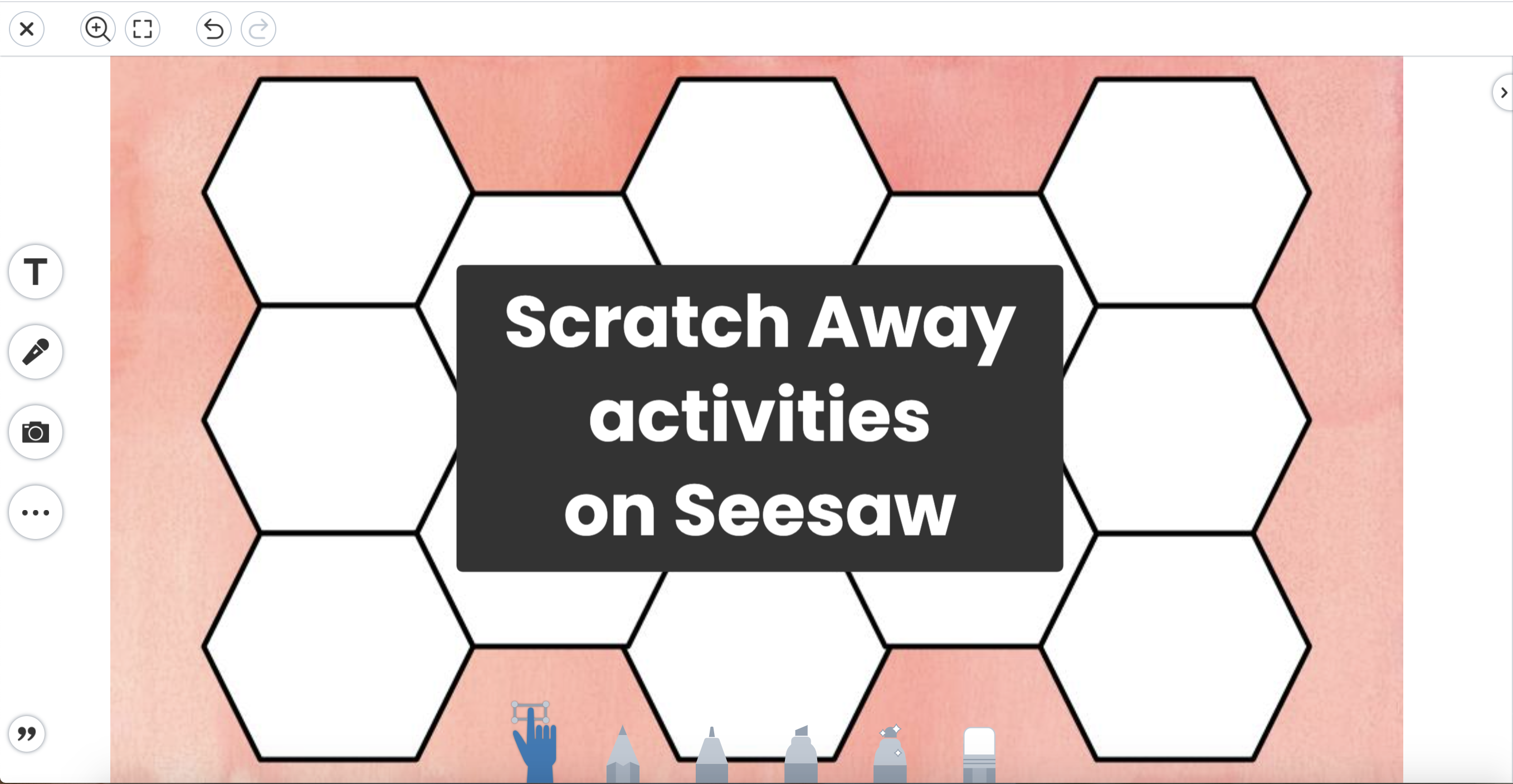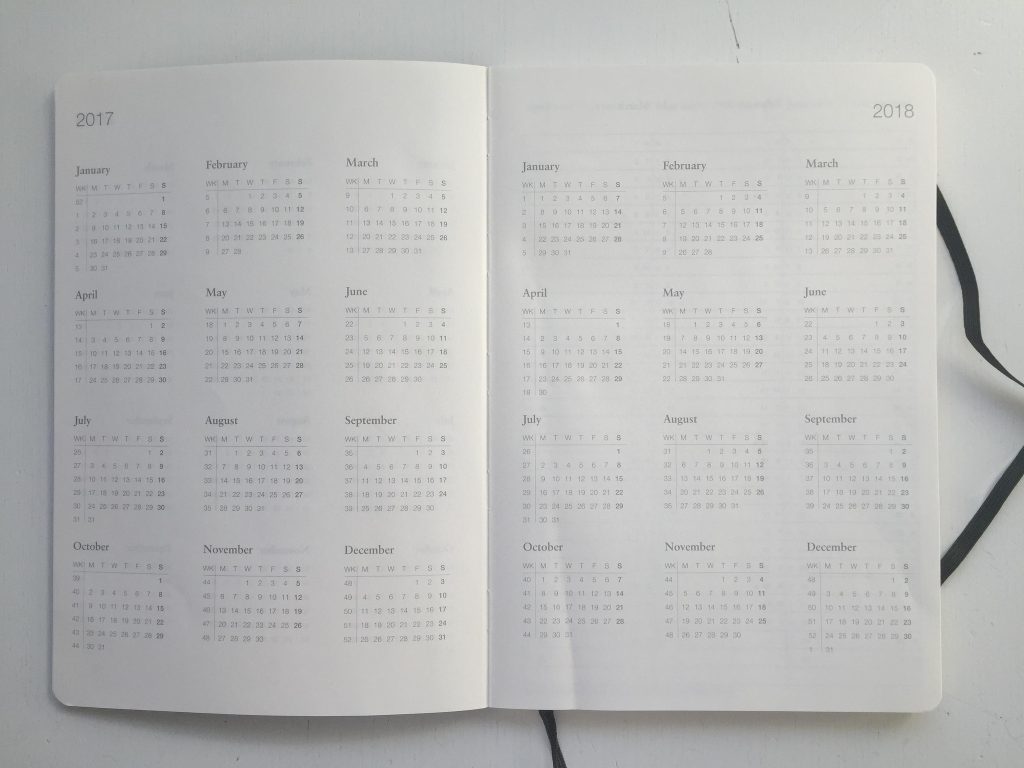Earlier this week I stumbled upon a podcast called Equipping ELL’s with Beth Vaucher. One episode that really caught my attention was “4 Ways to Easily Cover All 4 Domains Through a Read Aloud”. Beth walks through how to actively engage your students in all four of the language domains using just one read aloud. This post is based on the ideas that she shared in her podcast. Check out this episode, below!
Why Use Read Alouds
There are many evidence-based benefits of reading aloud to students. Reading aloud creates a classroom community by establishing a text known by the entire classroom that can be used as a backbone for critical thinking skills practice. It helps students learn how to use language to make sense of the world while improving their information-processing skills, vocabulary, and comprehension skills. Discussions generated by reading aloud can be used to encourage listeners to construct meanings, connect ideas and experiences across texts, use their prior knowledge, and question unfamiliar words from the text.
For our EL students, it’s important that students see themselves in text. Through a read aloud, you have the power to choose books that allow your students to be known and seen.
Let’s jump into the four language domains and see how they can be a part of a read aloud lesson.
🎧 Listening
Listening is one of the first ways students begin to absorb how language works but is often underutilized. While reading aloud gives students the opportunity to hear modeling of fluency and expression, it is also important to clearly enunciate your words and slow your speech. This is particularly important for listening comprehension because it is important to hear when one word ends and another begins.
One tip that I got from Beth on her podcast is to include a QR code on the front of your read aloud book so that when scanned, students can listen to the book again during an independent listening center. This gives students the opportunity to now review this book independently. This repetition is key to language development and a great way to work the listening domain.
Not sure how to easily create a QR code? Elkhart teachers, check out this help desk article on how to create your own QR codes.

Here is a quick story of how one teacher enlisted help to make audiobooks in his classroom.
🗣 Speaking
The next natural progression through the language domains is speaking. The tricky part with speaking is that certain students will hog the spotlight if given the chance. Instead of using discussion questions during your read aloud where you call on one student at a time, consider using think-pair-share with elbow partners. This allows all students to engage and be active participants in the lesson and allows all students to practice their speech.
After the read aloud, also consider creating a classroom routine that involves discussion time. This is a great time to group students by their language level so that you can have appropriate questions prepped for your student’s varied language levels with appropriate supports and scaffolding. For example, levels 1-2 may need images or sentence starters to help your students respond to the prompt.
Be sure to utilize the “Can Do Descriptors” when considering how to adapt the content for your students.
📚 Reading
Use your read aloud to teach specific content like rhyming, plot, or main idea. Use the discussion strategies above to develop these skills. Consider if you need a quick mini-lesson prior to reading the text. It is important that we know our students’ educational background, so we know if they are ready to cover the content that we want to highlight from the text.
Not sure how to gauge your students’ age and educational background? Here is a quick video that may help!
✏️ Writing
Last, you can continue to extend the lesson with writing. Help students make connections by utilizing quick writes. Mixed-level classrooms will need a variety of scaffolding. Again, use the “Can Do Descriptors” when considering how to adapt the content for your students. Our level 1’s might simply be drawing pictures to support the vocabulary used in the lesson, whereas level 2’s may need sentence starters. Our levels 4, 5, and 6’s need to be encouraged to be writing freely and on their own. Support these students with semantics and grammar support.
Need more help?
Looking for more ways to be intentional about planning for all four language domains? Check out the videos below for more support!




This is a great resource! Thanks Holly for sharing!